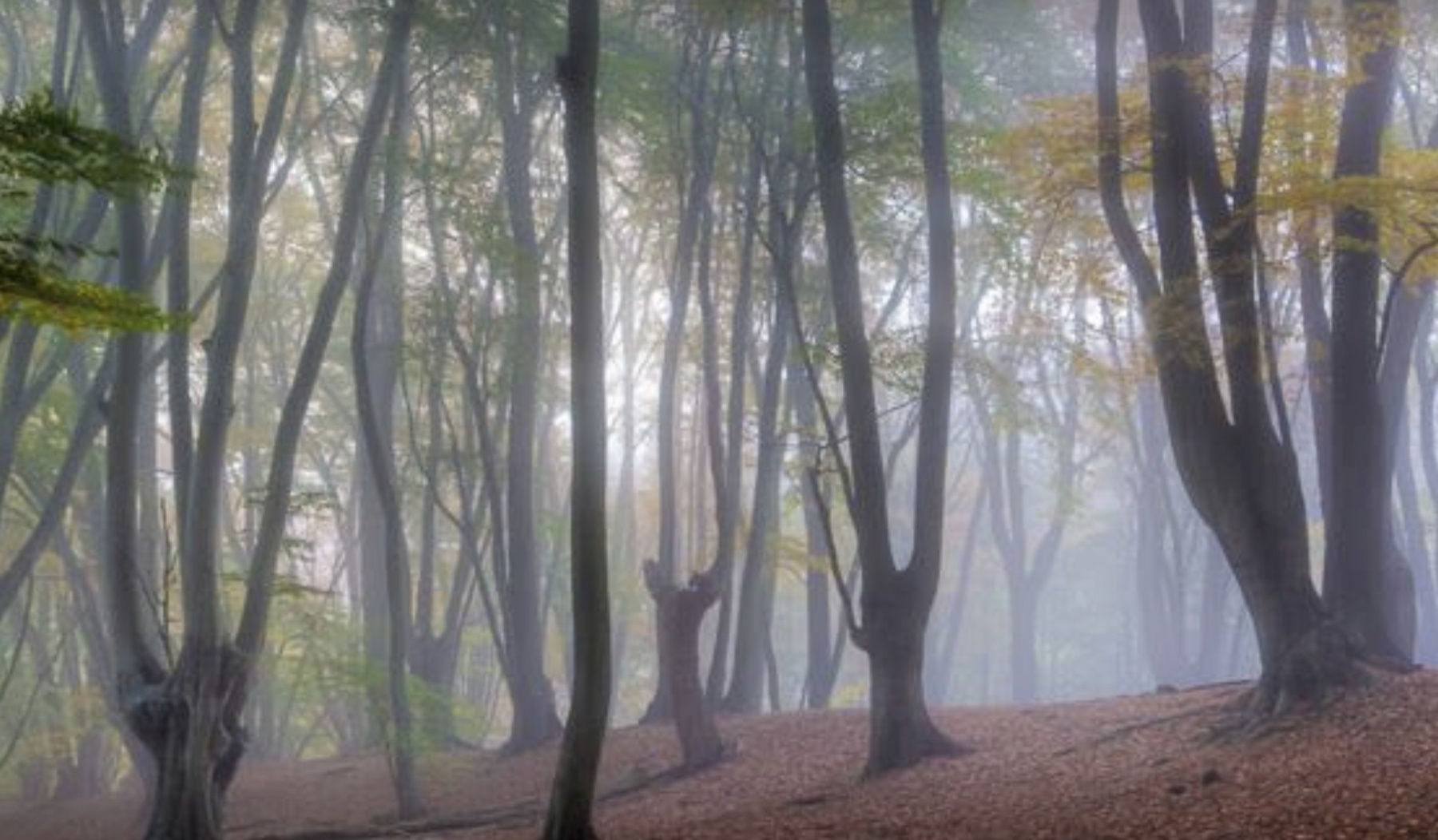Loughton Camps

Video kindly supplied by eyesuphigh.co.uk
Situated between Great Monk wood and Kates Cellar shrouded by a blanket covering of ancient pollards lies Loughton Camps also previously known as cowpers camps after Benjamin Cowper the man who first noted their existence in 1872.
Very little excavation works has even been carried out here,The Essex field club in 1882 then at points in 1926, 1954 1959 and 1971.
whilst very little has been carried out in the way of excavation here we do know about its national importance leading to it being a protected and designated site. Mesolithic remnants including flint tools and a mill quern or stone have been found, enough is left visible of the earthworks to determine its construction layout even where the counterscarp bank would have been.
There is much speculation about why it is there and what this hill fort was used for with various local legends speculating however it is most probable that is was a defensive location for either the new comers: the Trinovantes or the War chiefs: Catuvellauni. Looking at the boundaries of the different peoples the area is very much in a border location and given the proximity of the nearby Amesbury banks which is also separately listed and protected it could well be that these two hill forts were the border post defences for either people.
Further to the north were the Iceni tribes of whom the queen was none other than the Legendary Boudicca. Local legend has always been that the warrior Queen met her defeat at one of these hill forts against the Romans but there is no evidence to support this. It is also said that these forts were used by Romans on their advances north from Kent.
To put the age of the construction of this into perspective the excavations that have been carried out shown that this was constructed around 500 bc, the first Viking invasion of Britain at Lindisfarne was in 793 AD nearly one thousand – three hundred years later, Boudicca was defeated in either 60 or 61 AD and these forts would have been 500 years old or older by then.
the clay banks now left would have had wooden posts in them forming higher walls and within the camps wooden structures for living in and keeping and protecting livestock.
The site sits at the top of Clay ride up from Baldwins Hill at the very edge of the valley known as Kates Cellar and Great Monk wood and little Monk wood to the northern side. There are rumours of the witch that used to live in Kates cellar however the old legend is a little more involved than that, a sad story that will follow in another post.
Bodecia Dick Turpin Epping Forest iceni Iron Age hill fort Kates cellar Lost pond Loughton camps Monk wood Romans tribe